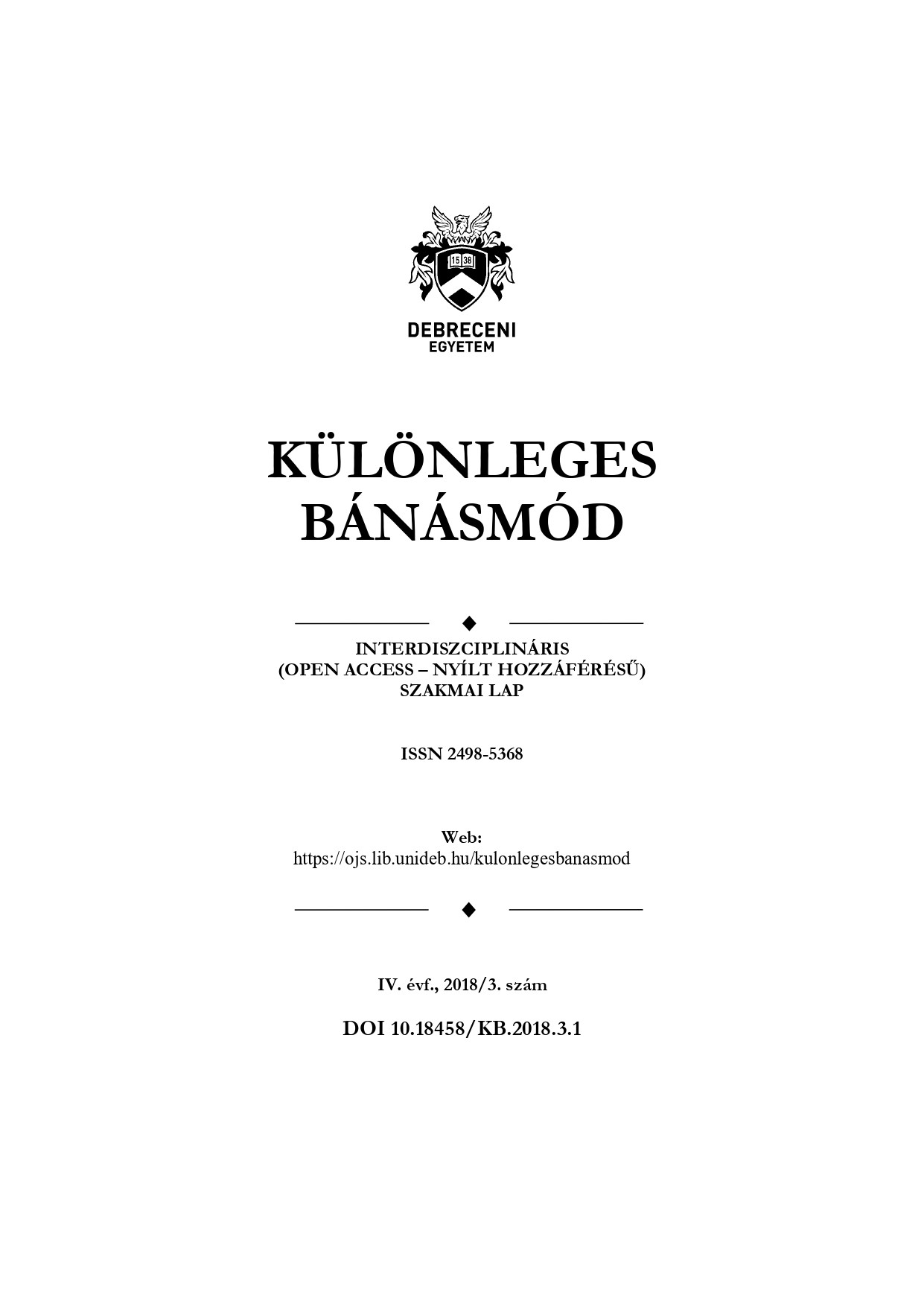DEVELOPMENTAL RESULTS OF KINDERGARTEN AGE CHILDREN WITH PHYSICAL HANDICAPS DURING CONDUCTIVE EDUCATION
Author
View
Keywords
License
Copyright (c) 2018 Ildikó Pásztorné Tass

This work is licensed under a Creative Commons Attribution-NonCommercial-NoDerivatives 4.0 International License.
How To Cite
Abstract
Conductive education (CE), a method suitable for habilitating/rehabilitating individuals with motor disorders caused by damage to the central nervous system has now become known all over the world. The practice has proved its effectiveness and thus it has been established outside Hungary as well. Several international studies have examined the effectiveness of CE (Rochel and Weber, 1992; Bairstow, 1993; Reddihough, 1998; Blank and von Voss, 1996–2001). Research has revealed that in order to exactly measure the performances of people with disabilities we need rather complex measurement tools. Thus it has become necessary to elaborate a measurement tool that is suitable for measuring changes in the performances of individuals with cerebral palsy (CP) objectively and at the same time reflect the approach of CE. One of the fundamental aims of the criteria referred to by the author as “Criteria for monitoring children with cp under conductive education” (CMCP) was to clearly specify the object of observation and to render the observation of its elements easier. With the help of the CMCP observations of children’s condition and development can be registered in 54 main categories. Moreover, the amount of assistance can be monitored and registered in 42 subcategories and the time factor in a further 41 subcategories while studying motor actions and activities. Thus after completing the monitoring criteria altogether 137 different findings will be available on every child, providing the opportunity of graphic depiction as well. Those applying the criteria will be able to register comprehensive, complex observations. Monitoring can be effected in the natural group environment without removing the children from their usual surroundings. The study presents a comparative analysis of 67 children.


 https://doi.org/10.18458/KB.2018.3.55
https://doi.org/10.18458/KB.2018.3.55